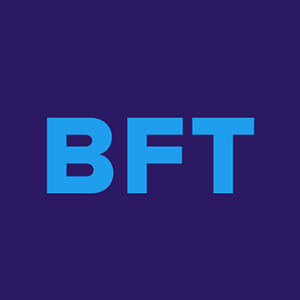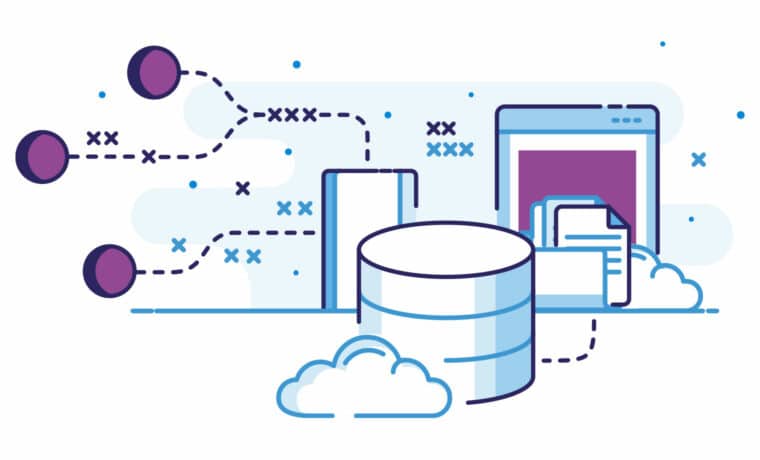Building Financial Literacy Via a Cultural Lens

May 21, 2021 2 min read
Becoming better educated about your finances—from spending to savings to investments—is something most people would benefit from. Whether you’re a new investor or a highly sophisticated one, there are always new opportunities to learn ways of becoming more financially literate and building financial knowledge in order to achieve your goals.
Our agency has worked with many financial clients on initiatives around this important and empowering topic. Using a mix of thought pieces, topical insights, practical tips, user guides, and more, we’ve helped nonprofit organizations, wealth managers, and large investment management firms educate target audiences in developing financial literacy. For one recent project, however, we encountered an interesting challenge.
Reaching an Untapped Audience
We were asked by a financial client to find a way to connect their unique service offering with the multi-generational group of Hispanic employees and business owners they were hoping to reach. The audiences had different levels of comfort with financial institutions, varied geographical locations and associated language nuances, and a range of social media use and knowledge. With all this in mind, we needed a campaign that connected these audiences with our client’s financial education resources in the most relevant way.
The Benefit of Cultural Insights
We began as we usually do, by working to understand the mindset and pain points of people we were trying to connect with. This project, however, required us to dive deeper to appreciate the traditions that play a large role and the common themes that run throughout. To get a more complete picture, we consulted with both internal colleagues and cultural partners outside the agency for deeper insights. This upfront work proved to be very worthwhile. Together with our client, we were able to create a meaningful campaign that resonated with the target audiences. It connected them with services that could improve their lives by giving them more control over and a better understanding of their personal finances.
What We Learned
Our team took away a lot of insights from this project and others we’ve worked on, many of which can be applied to any basic financial literacy initiative, whether there’s a layer of cultural complexity or not. Here are some things to keep in mind:
- People are busy, and not everyone wants to dig in and fully learn the topic. Offering achievable milestones along the way for a range of learners helps keep them engaged and moving to the next step of their journey.
- Offer multiple avenues for people to find what they need. It’s OK to make the information you just presented in a webinar available in the form of a downloadable PDF or FAQ page on your website. One medium may resonate more strongly with someone than another, so it’s important to cover your bases.
- Do your social media research. It’s easy to rely on assumptions about how your target audience engages with social media, but we have found in some cases that these beliefs didn’t hold up to what the research was showing.
The journey to increasing one’s financial knowledge is very personal and can be daunting for many audiences. By offering the right support through relevant financial literacy materials, content, and tactics that speak directly to any pain points your audience has, you can build more purposeful connections.





